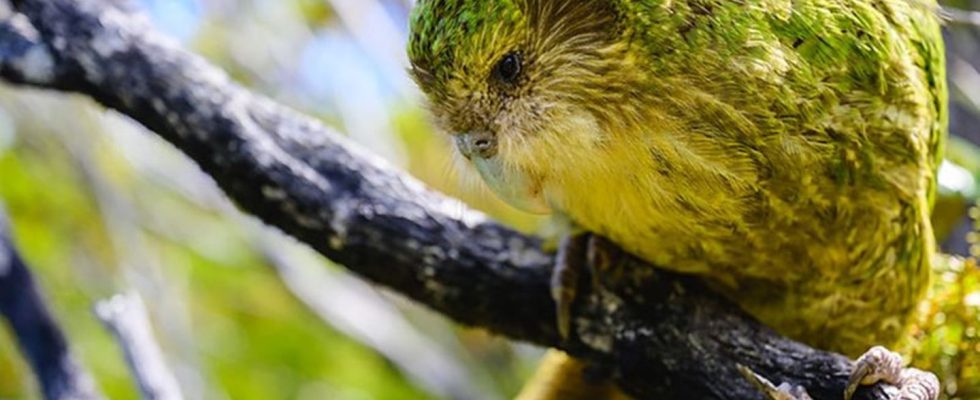Animals
New Zealand’s chubby parrots are back on the mainland
Previously, kakapos could only survive on a few predator-free offshore islands. photo
© Jake Osborne/Department of Conservation/dpa
Kakapos are chubby and cannot fly. In their native New Zealand, the flower-scented parrots are severely endangered. Her return to the mainland is considered a milestone.
One of the most extraordinary birds New Zealand’s returned to the mainland for the first time in 40 years: Four male kakapos were brought from Codfish Island off the South Island to the Waikato region in the North Island, the Department of Conservation (DOC) said.
The chubby and world’s only flightless and nocturnal parrots are “one of the most iconic and rarest species” in the country, wrote the conservation agency. Rats, martens, cats and other animals brought in by settlers had brought them to the brink of extinction.
In 1995 only 51 kakapos (scientifically: Strigops habroptila) were counted, said DOC expert Deidre Vercoe. But decades of efforts by the authority in cooperation with the Maori have paid off: the population has doubled since 2016 and by 2022 it had even grown to 252 specimens. “Until now, kakapos have only been able to survive on a few offshore predator-free islands, so it’s a huge achievement for everyone involved that they’re now returning to the mainland,” Vercoe said.
The “biggest, fattest and most flightless parrot in the world”
British zoologist Mark Carwardine once wrote that the kakapo is the “biggest, fattest and most flightless parrot in the world,” adding: “It’s as affectionate as a dog and as playful as a kitten, and it can inflate itself with air to… to take on the size and shape of a football.”
Since there used to be no mammals in New Zealand, the birds didn’t have to adapt to these enemies either: They live on the forest floor, lay their eggs there, cannot fly – and have not developed any defense strategies. The name is made up of the Maori words “kaka” (parrot) and “po” (night).
Now the animal rights activists have to find out whether the parrots can also thrive well in a fenced sanctuary after their relocation. Meanwhile, it will be almost impossible for visitors to see the animals because they are “masters of camouflage,” explained Vercoe.
“It’s an important milestone to be able to hear their distinctive ‘boom’ calls in the Waikato region for the first time in generations,” she said. Kakapos emit low-pitched grunts. And something else is unique: the moss-green parrots smell of flowers and honey.

